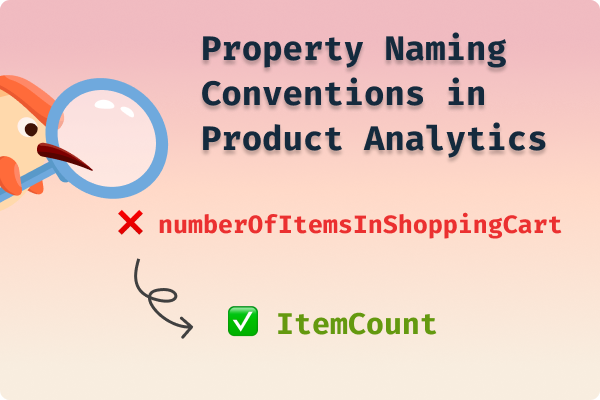Understanding how users navigate your website is key to creating an optimized and seamless user experience. One of the best ways to gain insights into user behavior is through click data and navigation flow analysis. By identifying patterns in user clicks and tracking how visitors move through your website, you can discover what’s working and what needs improvement.
In this blog, we’ll explore how to spot actionable patterns in user clicks and navigation flow to enhance your website’s performance and boost engagement.
What is Click Data and Navigation Flow?
Click data refers to the information gathered from user interactions, such as clicks on buttons, links, or images. Navigation flow, on the other hand, represents the path users take as they move from one page to another on your website. These two pieces of data provide a clear picture of how visitors engage with your site, helping you identify potential roadblocks and opportunities for improvement.
Why Identifying Patterns in Clicks and Navigation Flow Matters
Understanding how users interact with your website can uncover vital insights about user intent. By spotting patterns, such as users frequently clicking on a specific button or abandoning a page midway through their journey, you can make data-driven adjustments that improve navigation and overall user satisfaction. These patterns can highlight pain points, such as confusing navigation or unclear CTAs, and allow you to refine the user journey for better results.
Steps to Analyzing User Clicks and Navigation Flow
Step 1: Gather the Data
Tools like Google Analytics, Hotjar, and Crazy Egg allow you to collect data on user interactions and behavior. These tools offer click maps, heatmaps, and navigation flow reports to visualize where users click and how they move through your site.
Step 2: Identify Key Metrics
To analyze user behavior, focus on metrics like the click-through rate (CTR), bounce rate, and average session duration. These will help you understand how users interact with your website and where they may be getting stuck.
Step 3: Spot Patterns and Trends
Look for recurring behaviors in user clicks and navigation, such as the most-clicked elements or common navigation paths. Identify areas where users drop off or become confused, indicating the need for simplification.
Step 4: Focus on Key Pages or Elements
Analyze high-traffic pages, such as your homepage or checkout page, to understand how users engage with critical areas of your site. Even minor elements, such as a filter or navigation menu, can provide important insights into user behavior.
Identifying Actionable Insights from Clicks and Navigation Flow
Once you’ve identified patterns in your data, the next step is translating those insights into action. For example, if you notice that users are consistently dropping off after viewing a particular page, it may be time to adjust the page’s layout, content, or CTA placement. Similarly, if your CTA button isn’t getting clicks, testing new wording or placement could yield better results.
Common Patterns to Look For
- High click rates on certain buttons or links indicate user interest.
- Frequent navigation loops suggest user confusion or frustration.
- Back-and-forth navigation between pages could signal that users are struggling to find the information they need.
Tools for Tracking User Clicks and Navigation Flow
There are several tools available to help you track and analyze user clicks and navigation flow, including Google Analytics, Hotjar, and Crazy Egg. These tools provide visual data, such as heatmaps and click maps, to show where users are interacting the most. Using these insights, you can make informed decisions to improve your site’s user experience.
Case Study: How Analyzing Clicks and Navigation Flow Led to Website Improvements
An e-commerce website noticed a high drop-off rate on their product pages. By analyzing click and navigation flow data, they discovered that users were having trouble finding product details and reviews. After redesigning the layout to make the information more accessible, they saw a 15% increase in conversions within a month.
How to Take Action on User Click and Navigation Flow Data
Once you’ve identified actionable insights from your click and navigation flow data, it’s time to implement changes. Start by testing small adjustments, such as repositioning a CTA or simplifying the navigation menu. Monitor the results using A/B testing to ensure that the changes have a positive impact on user engagement.
Conclusion
Tracking and analyzing user clicks and navigation flow provides valuable insights into how users engage with your website. By identifying patterns and making data-driven adjustments, you can enhance the user experience, reduce bounce rates, and drive more conversions. Start by gathering data with the right tools, analyze key patterns, and implement improvements to see immediate results.



.svg)















.png)




.svg)
